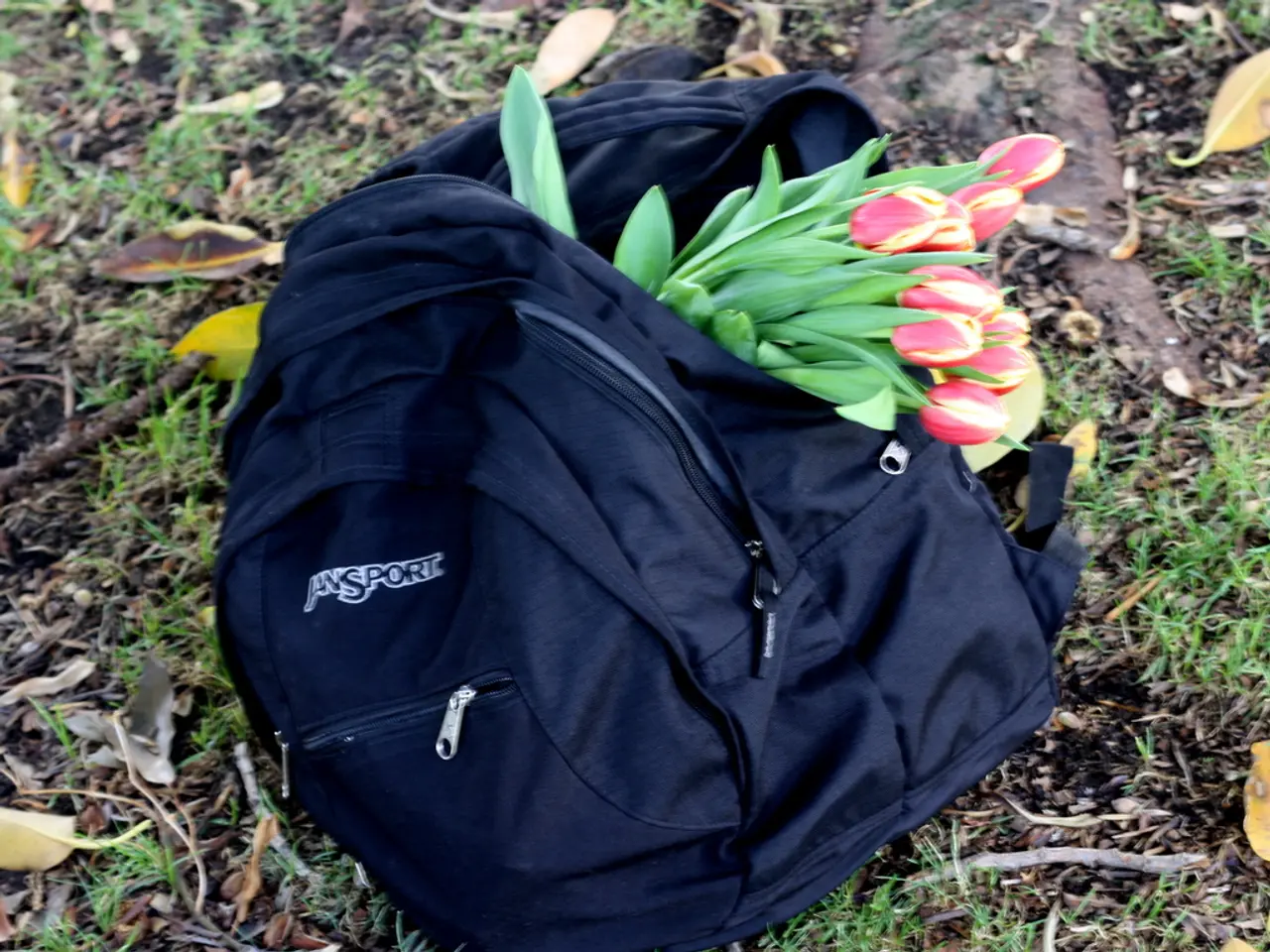Garden Tasks to Focus on in September, as Recommended by Professionals
As the days grow shorter and the leaves begin to change, it's time to prepare your garden for the colder months ahead. Here are some tips from garden experts to help you get started.
Protecting Your Plants
Using old towels as a frost barrier can protect vulnerable plants from frost, especially during those unexpected cold snaps. Mulching can also help conserve moisture and regulate soil temperature during the colder season.
September Gardening Tasks
September is a busy month in the garden. It's the perfect time for lawn aeration, helping to improve drainage and root growth. Bulb planting for spring flowers can be started in September, with spring-flowering bulbs like tulips, daffodils, and crocuses being ideal candidates.
Caring for Your Plants
Phoebe Carter, expert plant buyer at Cherry Lane Garden Centres, advises deadheading to prevent the spread of disease and encourage plants to continue blooming. Feeding plants in early autumn helps them build energy reserves for winter and spring. However, it's important not to overfeed plants, especially in October.
Preparing Your Greenhouse
Cleaning out greenhouses in September prepares them for winter. This includes removing any fallen leaves and debris, which can prevent disease and pests from overwintering. Greenhouse vents may need to be shut at night if the weather is cooler.
Taking Care of Your Lawn
Sowing certain seeds in September can give them a chance to develop a strong root system before frosts arrive. Julian Palphramand, Plant Lead at British Garden Centres, recommends applying feed and weed to revitalize the lawn. Regular mowing is essential for lawn maintenance in autumn.
Harvesting Your Crops
Many crops are ready for harvesting in September, such as onions, tomatoes, potatoes, and autumn-fruiting raspberries. Sowing green manure over bare patches of earth in September can suppress weeds and add nutrients to the soil.
Sharing Your Plants
Lucie Bradley from Two Wests and Elliott suggests dividing up clumps of perennials in September to pass them on to friends or neighbours. This practice is also beneficial for the health of the plants, as dividing them every 2 or 3 years helps them remain healthy.
Caring for Your Containers
Container plants are more vulnerable to temperature fluctuations than those planted in the ground. Moving them to a more sheltered location can help protect them from frost and strong winds.
Maintaining Your Pond
Removing fading leaves and stems from ponds before they die back fully prevents decomposing plant matter from accumulating in the water. Removing blanketweed from ponds should be done carefully, allowing wildlife to escape before fully taking it out of the water. Covering ponds with a net can catch falling leaves, but gaps should be left for wildlife to escape.
Soil Care
The main expert recommendations for treating diatomaceous earth (kieselgur) and limestone soils in gardens in September are to test soil pH, apply organic matter to improve soil structure, avoid over-liming limestone soils, and ensure proper drainage to prevent waterlogging.
Pruning and Weeding
Avoid heavy pruning of woody shrubs and trees in September. Weeding and cleaning up the garden in September prevents weeds from going to seed and causing problems in the future. Trim back any summer-flowering perennials that have finished blooming to promote tidiness.
Autumn Planting
September is a great time to start arranging and planting new autumn/winter hanging baskets and containers. Leafy greens can be sown in September to achieve early spring harvests.
In conclusion, by following these expert tips, you can ensure a healthy and thriving garden throughout the autumn and winter months. Happy gardening!




